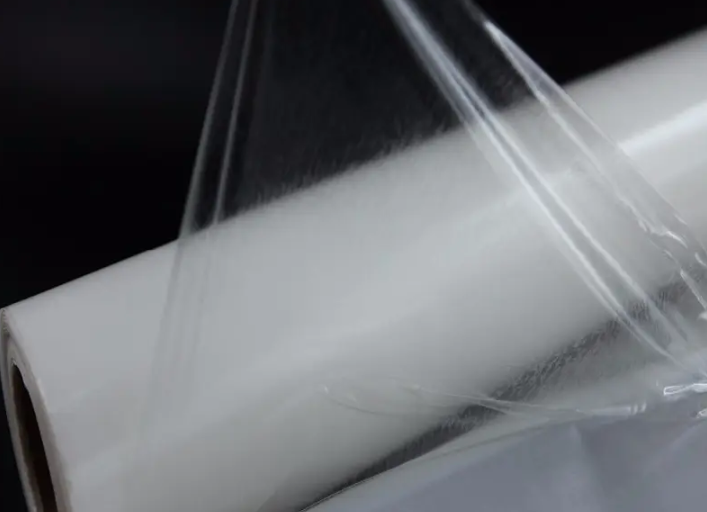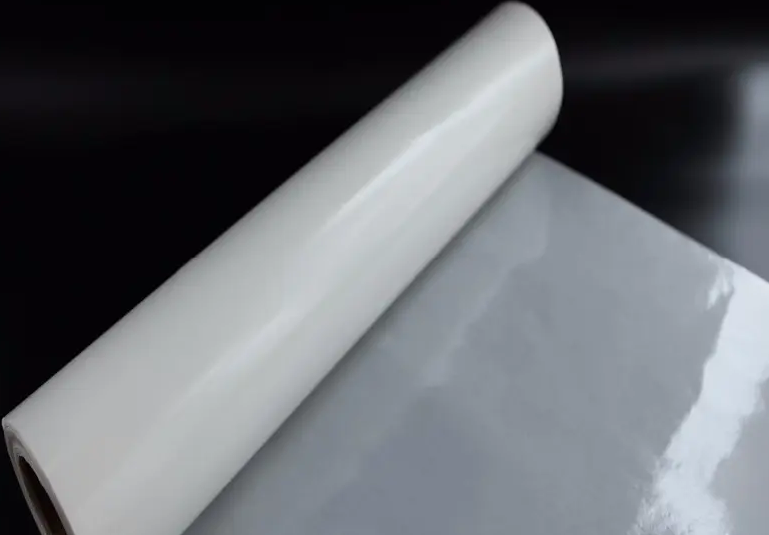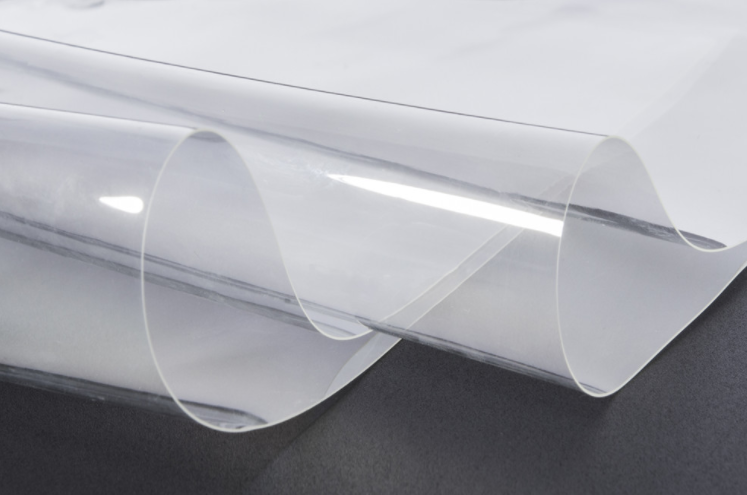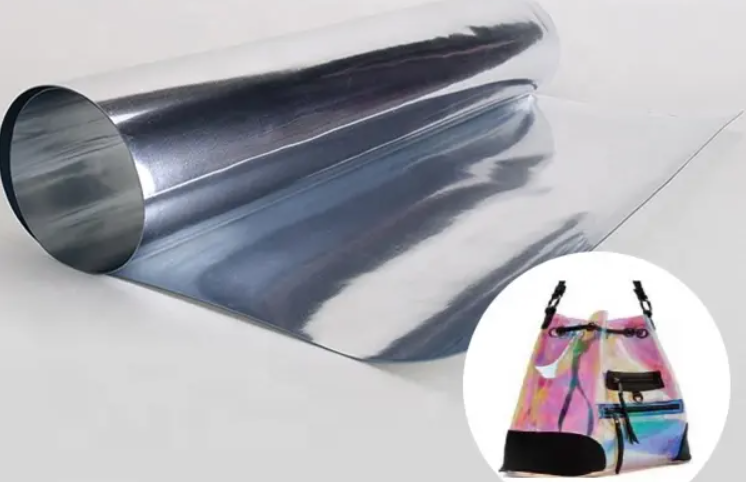Which one is better, nano film or TPU film?
 12-20, 2023
|
12-20, 2023
|
 View:
View:
When it comes to nanofilms and TPU films, comparisons are made through the following aspects: material properties, application fields, performance, etc. The following is an introduction to nanofilm and TPU film.

Comparison of characteristics and applications of nanofilm and TPU film
Nanofilm and TPU film are two common film materials, and they are widely used in different fields. The following will compare the characteristics, application fields and performance of nanofilm and TPU film.
1. Characteristics and application areas of nanomembranes
Nanomembrane is a thin film material composed of nanoparticles. Its main characteristics are a high degree of transparency and flexibility. Nanofilms can achieve different properties and applications by adjusting particle size and concentration.
First, nanofilms have important applications in the optical field. Due to its high transparency, nanofilms are often used as optical coating materials and can be used to prepare anti-reflective coatings, optical filters, optical lenses, etc. Nanofilms can also be used to prepare optical sensors for detecting the presence and concentration changes of tiny substances.
Secondly, nanofilms also have certain gas and moisture barrier properties. Nanofilms are widely used in packaging materials and food preservation fields. Due to its efficient barrier properties, nanofilms can extend the shelf life of food and avoid oxidation and deterioration.
In addition, nanofilms also have certain conductive properties and are used to prepare flexible electronic devices, such as flexible displays and flexible batteries. Nanofilms can be used as electrode materials, transparent conductive films, flexible substrates, etc., providing the possibility for the preparation of flexible electronic devices.
Generally speaking, nanofilms have the characteristics of transparency, flexibility, barrier properties and conductivity, and are widely used in fields such as optics, packaging, food preservation and flexible electronics.
2. Characteristics and application fields of TPU film
TPU film, thermoplastic polyurethane film, is a film material with good elasticity and wear resistance. TPU film is characterized by high transparency, softness and plasticity.
First of all, TPU films have important applications in the textile and clothing fields. Due to its good elasticity and softness, TPU membrane can be used to make waterproof, breathable and windproof functional fabrics. At the same time, TPU film can also be combined with other fabric materials through processing methods such as hot pressing, hot melting and gluing to produce comprehensive fabrics that are tear-resistant, wear-resistant and pollution-resistant.
Secondly, TPU film is also widely used in the medical field. Due to its good biocompatibility and easy cleaning and disinfection, TPU film can be used to make medical dressings, surgical packaging, artificial organs and medical devices, etc.
In addition, TPU films are also used in industrial fields. Due to its wear resistance and chemical corrosion resistance, TPU film can be used as sealing materials, protective materials and wind-shielding materials in the automotive, aerospace and chemical industries.
Generally speaking, TPU film has the characteristics of softness, wear resistance and plasticity, and is widely used in textile, medical and industrial fields.
3. Performance comparison between nanofilm and TPU film
Nanofilm and TPU film have different characteristics and application fields, each with unique advantages. In terms of performance, nanofilms have high transparency and gas barrier properties and are suitable for use in the fields of optics and food preservation. The TPU film has good elasticity and wear resistance and is suitable for textile, medical and industrial fields.
In addition, there are certain differences in the preparation methods and costs of nanofilms and TPU films. The preparation of nanofilms usually involves solution processing of materials, vapor deposition, and electrochemical methods, which are relatively complex and costly. The preparation of TPU film is relatively simple, including processing methods such as hot pressing, hot melting and gluing, and has low preparation cost.
To sum up, there are differences in characteristics and application fields between nanofilm and TPU film. The selection of appropriate membrane materials should be determined based on specific application requirements, taking into account factors such as performance, cost, and processing technology to achieve the best application results.














